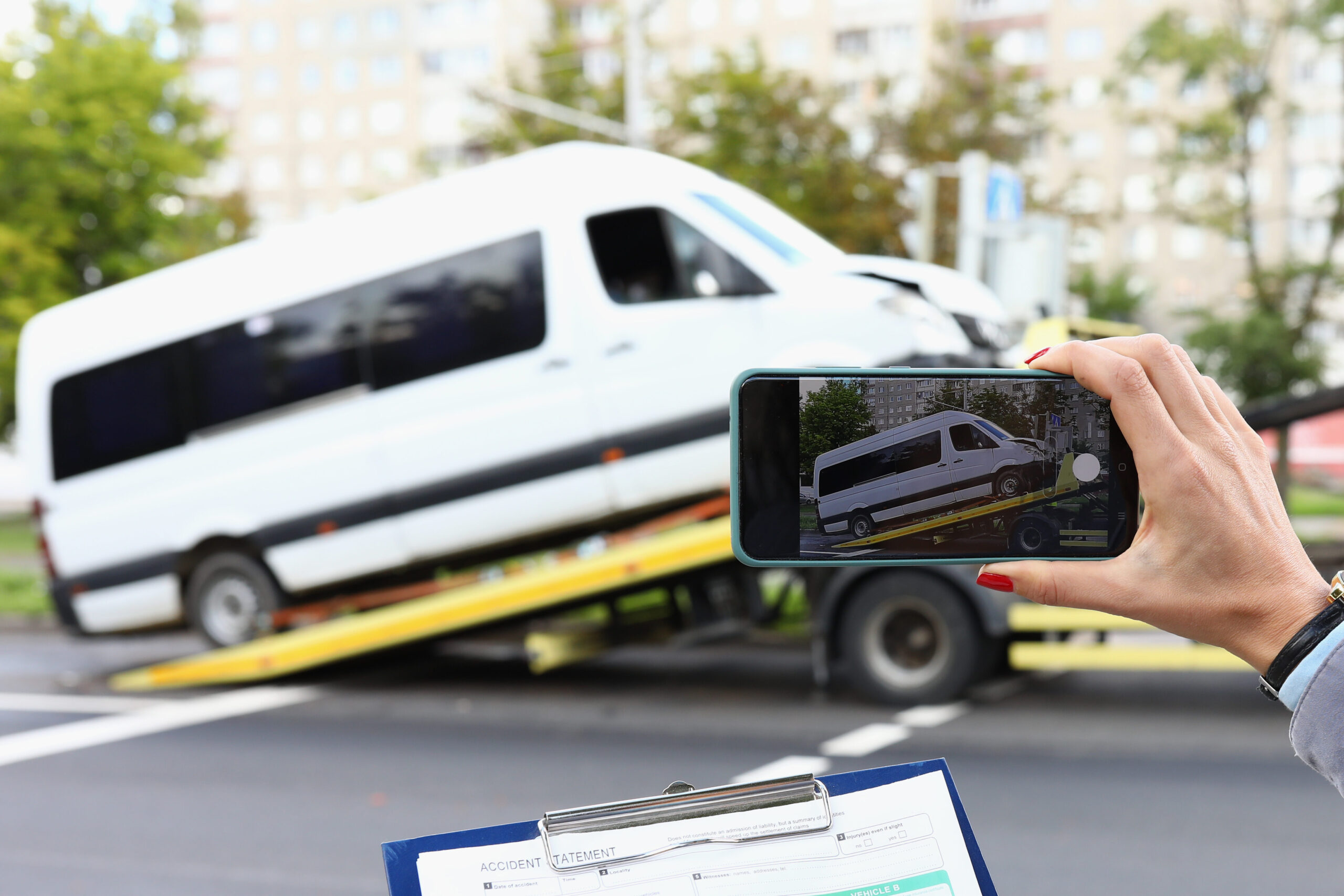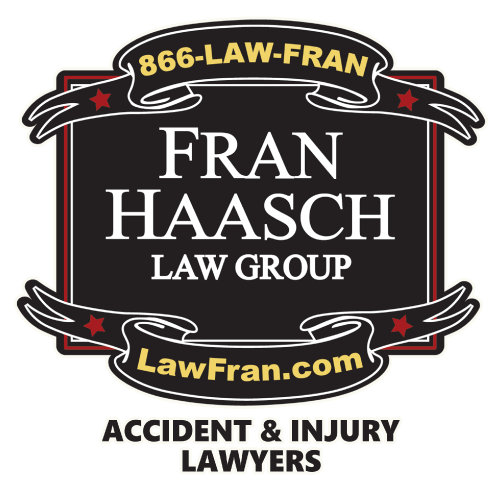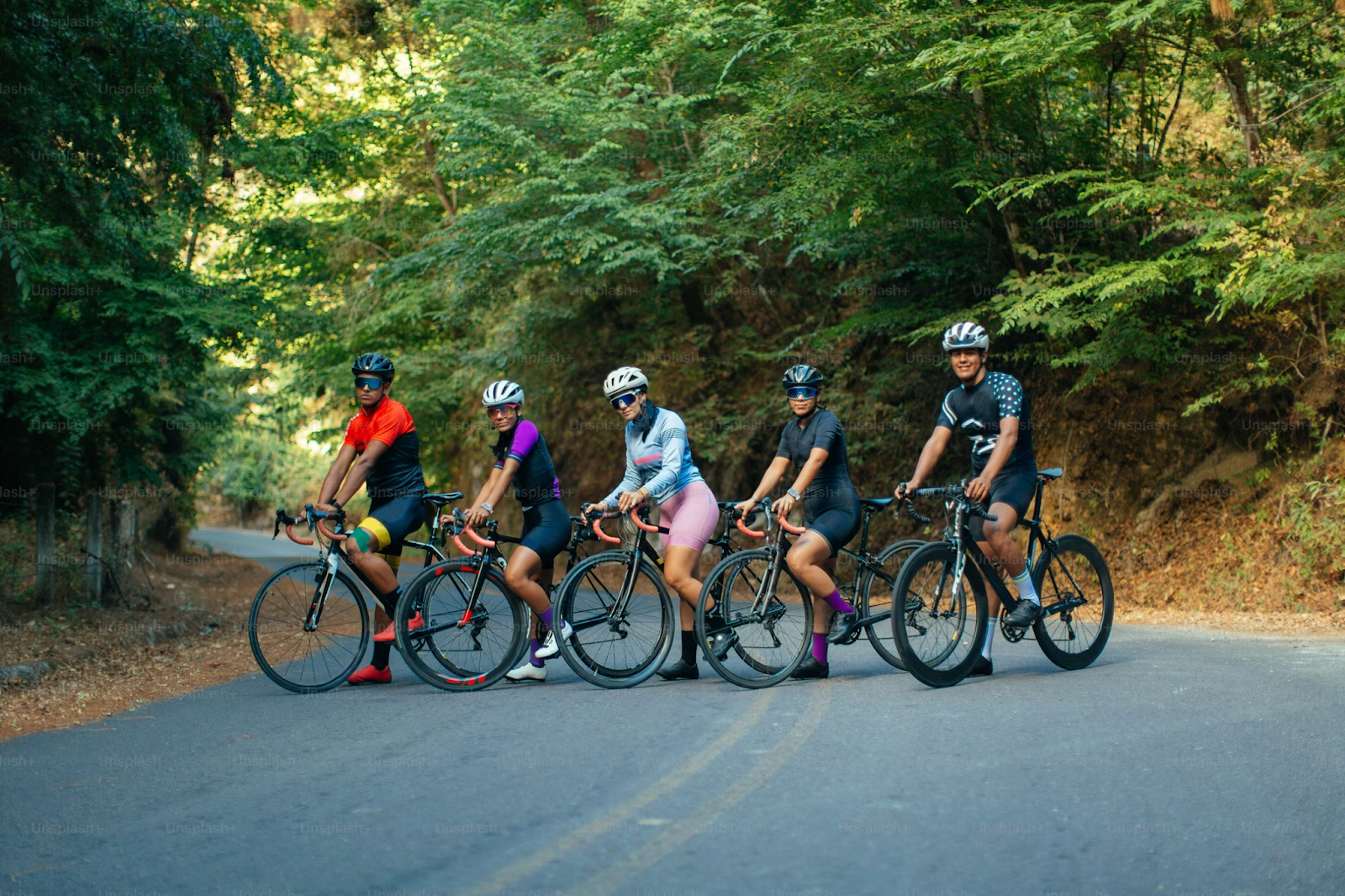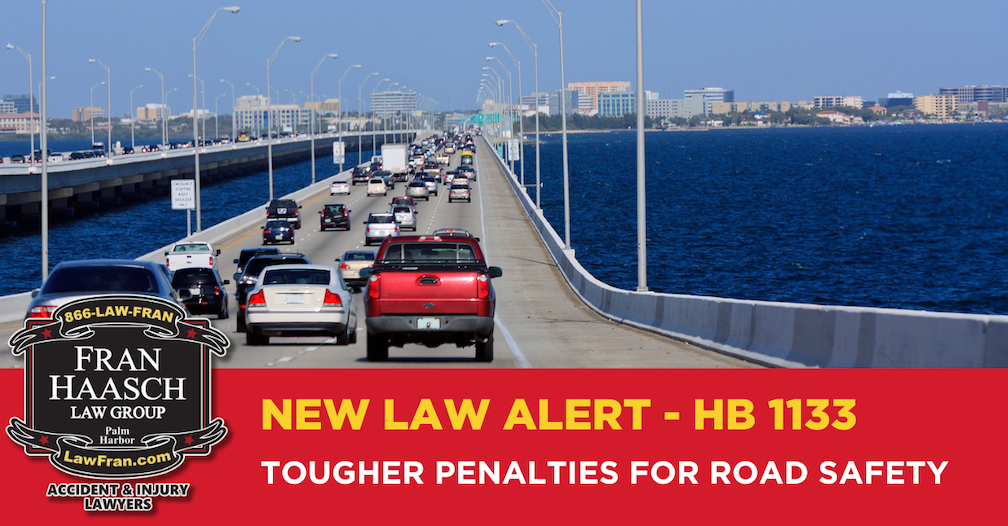One of the most commonly recommended tips for following a car accident (after any medical and safety concerns) is to take photos of the damage. Accident scene photos provide substantial evidence in your case and can show attorneys and insurance companies exactly what took place.
What should be included in these photos, and how should the scene be photographed to ensure the pictures effectively provide that evidence?
At The Fran Haasch Law Group, we have years of experience with personal injury cases involving car accidents. If you have been injured in a car accident through no fault of your own, we can help you gather evidence to make your claim successful.

Below are some car accident photo tips to follow:
#1: Be comprehensive, with numerous photos showcasing the whole scene and close-up details
It is important to be comprehensive when taking photos of a car accident scene. There’s no such thing as too many pictures or being over-detailed when photographing an accident scene.
Remember, you are trying to provide complete evidence of the incident and build your case. You should take wide shots of the entire scene and close-up shots of the damage to all vehicles, such as broken glass and any unsafe road conditions that contributed to the accident. It is also a good idea to take the same pictures with and without a flash. This will help to ensure that you get clear pictures of the scene, regardless of the lighting conditions.
Being comprehensive will ensure that the insurance company and law enforcement officials have all the accident details they need to determine what happened. This will help make the insurance claim process go smoother for everyone involved.
#2: Photograph the people who were involved, and their injuries
To establish a complete portrait of the accident, you should include photos of the entire accident scene. This includes everyone involved in the accident and who was present. If you can do so, take pictures of the police officers, emergency responders, the other drivers and passengers, and their injuries.
#3: Photograph your injuries as they progress
If you were hurt in the accident, you should track the development of your injuries. Once you receive the necessary medical attention and can safely take pictures, start documenting the healing process. Again, you can never be too detailed, so frequent, detailed photography of your injuries will help your case.
#4: Make sure the timestamps on your photos are accurate.
Timing is key in accident cases, so check that your camera is correct time stamping your pictures.
#5: Go back to photograph anything you may have missed.
The aftermath of any motor vehicle accident is extremely chaotic, and it may be difficult to get the comprehensive photographic evidence you need immediately following the incident. You can capture contributing factors you may have missed, such as skid marks, by returning to the accident scene. If your injuries prevent you from taking pictures after the accident, ask a friend or family member to help.
Contact a Car Accident Attorney Today
At The Fran Haasch Law Group, we are committed to fighting for your fair recovery. We strive to help injured individuals and the loved ones of those wrongfully killed secure the full, fair recovery they are owed. We offer dedicated legal representation for car accident victims and bicycle, rideshare, and semi-truck accident victims.
If you feel you have been the victim of a car accident due to someone else’s negligence. Our attorneys are prepared to help you navigate the legal process and work toward securing the maximum compensation you are owed.



